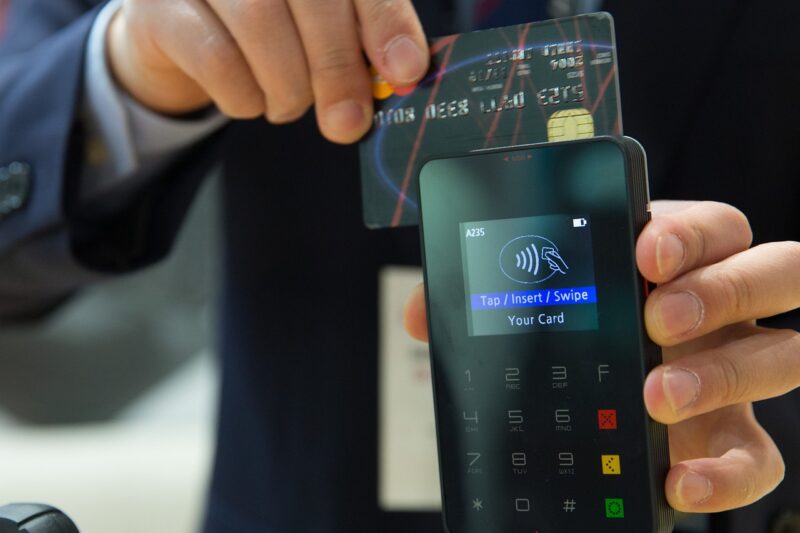
Credit card debt can feel like an endless cycle of financial stress. Many individuals find themselves struggling month after month to make payments, often pushing them further into a financial quagmire. In this article, we’ll explore the pitfalls of credit card debt, the repercussions it can have on your life, and actionable steps to break free from its shackles.
Understanding Credit Card Debt
Credit card debt occurs when consumers use credit cards to make purchases beyond their financial means, leading to balances that incur interest and fees. According to recent statistics, billions of dollars are held in credit card debt across the United States alone, with average interest rates hovering around 15-20%. The combination of high balances and interest rates creates a scenario where individuals can find it nearly impossible to pay down their debt, making it essential to understand the underlying issues.
The Psychological Impact of Credit Card Debt
Debt isn’t merely a financial burden; it can also take a severe toll on mental health. The stress associated with living under the cloud of debt can lead to anxiety, depression, and a feeling of inadequacy. Studies have shown that individuals with significant credit card debt experience higher levels of stress and are more likely to face difficulties in their personal relationships. It’s vital to address both the financial and psychological aspects of debt if you want to reclaim control of your life.
Signs Your Credit Card Debt is Unmanageable
Recognizing the signs that your credit card debt might be spiraling out of control is the first step toward recovery. Here are some key indicators:
- You Only Pay the Minimum: If you’re consistently only making minimum payments, you’re likely extending the duration of your debt and accruing more interest, which can lead to a vicious cycle.
- You Have Multiple Cards with Balances: Juggling multiple credit cards and failing to pay off any of them can lead to confusion and increased debt over time.
- You Feel Financially Trapped: If the thought of your credit card bill fills you with dread every month, it’s a clear sign that something needs to change.
- You’re Using Credit to Pay Off Existing Debt: If you’re turning to one credit card to pay off another, you’re likely in trouble and risking deeper financial issues.
Recognizing these signs early on can empower you to take action before your situation worsens.
Step-by-Step Strategies to Break Free From Credit Card Debt
Fortunately, there are proven strategies to help you regain your financial footing. Here are some actionable steps to begin your journey toward financial freedom:
1. Assess Your Financial Situation
Before making any changes, take a comprehensive look at your financial situation. List all your debts, interest rates, minimum payments, and due dates. Understanding the full scope of your debt can help you create a plan of attack.
2. Create a Budget
Establishing a budget is critical to managing your finances effectively. Allocate funds each month for essential expenses, and set aside an amount for debt repayment. Prioritize your payments, aiming to pay more than just the minimum due on your debts. Use apps for tracking expenses or opt for the classic pen and paper method — what matters is consistency.
3. Use the Snowball or Avalanche Method
When it comes to paying off credit card debt, two popular methods can help you focus your efforts:
- Snowball Method: Start by paying off the smallest balances first. This method builds momentum as you eliminate debts and see progress quickly.
- Avalanche Method: Conversely, tackle the highest interest rate debt first. This approach saves you money over time but may take longer to see quick wins.
Choose the method that resonates most with your motivation style.
4. Find Additional Income Streams
Consider ways to increase your income to accelerate your debt payoff. Whether through side jobs, freelancing, or selling unused items, every dollar counted can hasten your journey toward financial freedom. Platforms like eBay, Etsy, or even local marketplaces can be excellent avenues to monetize items you no longer need.
5. Negotiate Lower Interest Rates
Don’t hesitate to call your credit card companies to negotiate for lower interest rates. You’d be surprised how often companies are willing to accommodate, especially if you explain your situation and express your commitment to paying off your debt.
6. Consider Debt Consolidation
If your debt is substantial, consider consolidating it into a lower-interest loan. This can simplify your payments and potentially save you money on interest. A personal loan or balance transfer credit card can be effective tools for this strategy when used wisely.
7. Seek Professional Help if Needed
If your debt situation feels overwhelming, don’t hesitate to reach out to a financial advisor or credit counselor. These professionals can offer tailored advice and resources to help you regain control over your financial future.
Conclusion
Credit card debt can threaten your financial future, but it doesn’t have to. By recognizing your debt situation, implementing practical strategies, and staying committed to your financial goals, you can break free from the chains of credit card debt. Remember, it’s a journey that requires time and discipline, but the rewards of financial freedom are well worth the effort. Start taking steps today to reclaim your financial future and live a life unburdened by debt.







